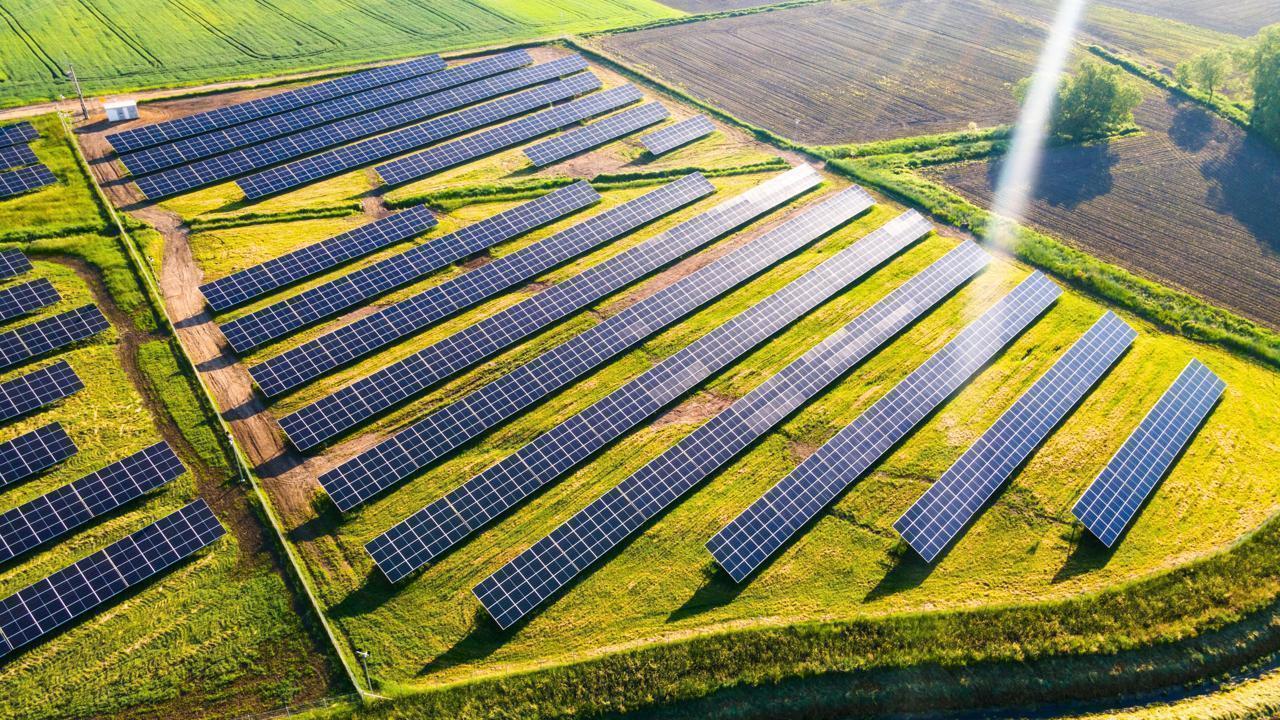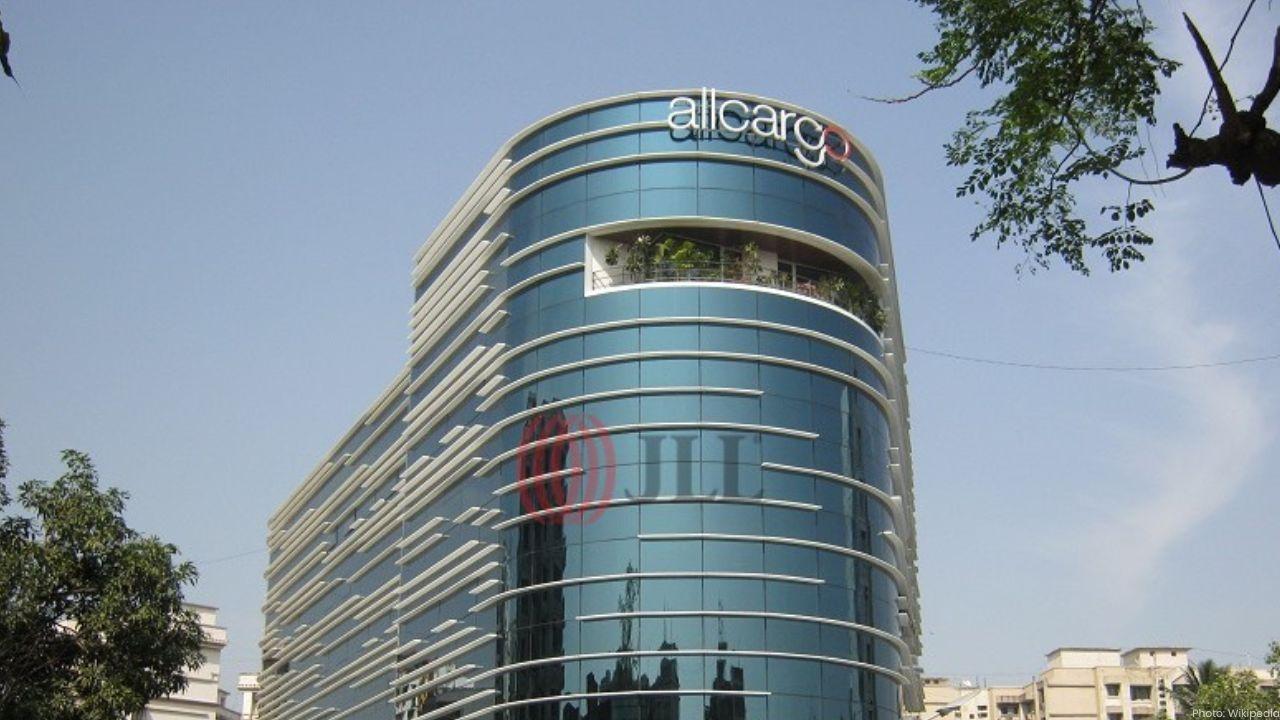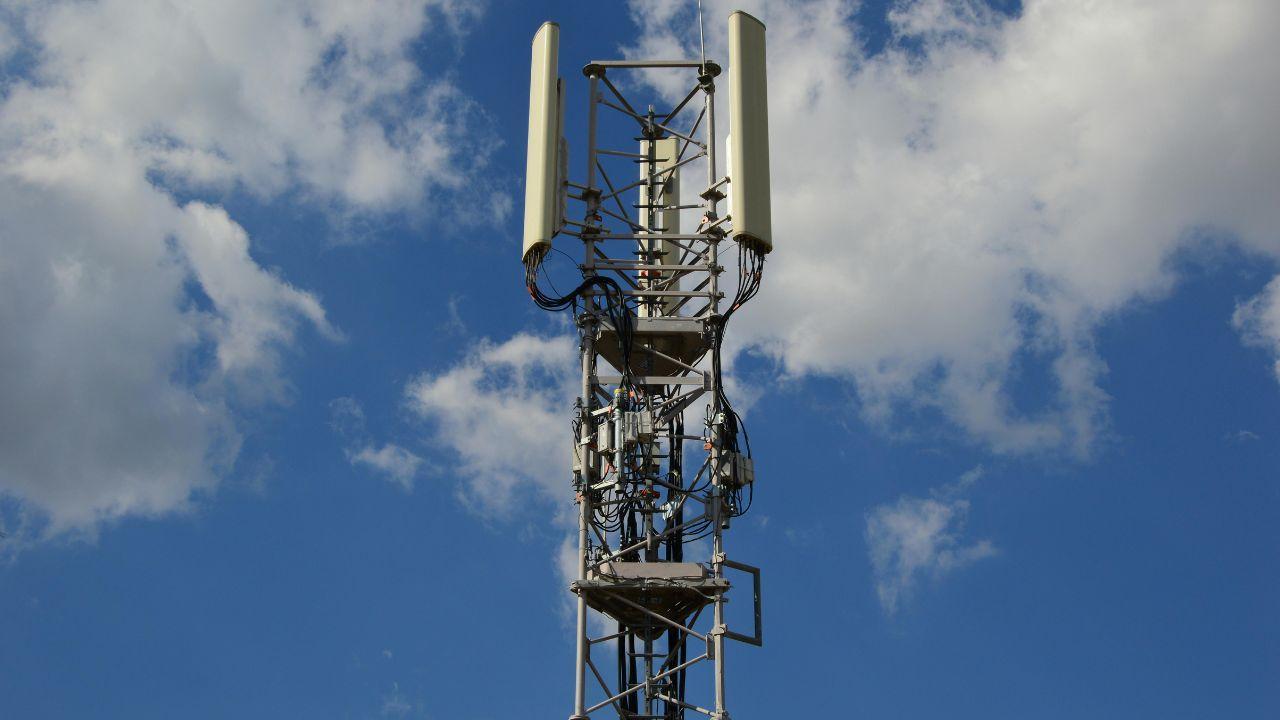
Post by : Amit
Punjab’s Renewable Energy Surge
Punjab has made remarkable progress in the renewable energy sector, nearly tripling its installed capacity over the past decade. From modest beginnings in solar and biomass energy, the state has gradually transformed into one of India’s notable contributors to the clean energy movement. According to state officials, Punjab’s renewable power capacity has surged to over 3,500 MW, a significant leap from less than 1,200 MW a decade ago.
This expansion comes at a time when India is rapidly pushing toward its ambitious climate targets, aiming for 500 GW of renewable capacity by 2030. Punjab’s contribution, though relatively smaller compared to larger states like Rajasthan or Gujarat, highlights how regional initiatives and local policies can accelerate the country’s overall energy transition.
Drivers of Growth
Several factors have fueled Punjab’s clean energy boom. Policy support has been at the heart of this transformation, with state-level renewable purchase obligations, subsidies, and net metering incentives for rooftop solar installations driving adoption across households and businesses.
Agriculture, the backbone of Punjab’s economy, has also played a role. The state has increasingly focused on biomass power plants that convert crop residue into energy, tackling the notorious stubble burning problem while also generating electricity. Solar projects, both utility-scale and decentralized, have rapidly multiplied across rural and urban areas, reducing dependence on fossil fuels and conventional coal power.
Solar Power Leading the Charge
Among renewables, solar has been the biggest growth engine. Punjab today hosts over 2,000 MW of solar capacity, accounting for the majority of its clean energy mix. Large solar parks in districts like Bhatinda and Mansa have been key contributors, while rooftop solar has seen rising demand from industries, commercial establishments, and educational institutions.
The state has also made strides in off-grid solar applications, particularly in rural electrification and agriculture. Solar-powered irrigation pumps have emerged as a sustainable alternative for farmers, reducing the strain on groundwater and electricity subsidies.
Balancing Growth and Challenges
Despite the impressive growth, Punjab faces several challenges in sustaining its renewable momentum. Land availability for large-scale solar parks remains a concern in a state where fertile agricultural land is highly valued. Transmission infrastructure also requires upgrades to handle the influx of renewable power and ensure grid stability.
Financial viability is another factor. Renewable developers often face delays in payments from discoms, a recurring problem across India that affects project bankability. Experts suggest that public-private partnerships and innovative financing models will be key to keeping investments flowing into the sector.
Policy Push for a Greener Future
The Punjab government is aligning its renewable energy goals with India’s national green agenda. The state has recently introduced new targets to encourage greater private investment and plans to expand its rooftop solar mission significantly. Officials are also exploring hybrid renewable projects that combine solar and biomass to optimize energy generation.
Furthermore, Punjab is considering policies that will promote green hydrogen and energy storage systems in the coming years, ensuring that clean energy remains reliable and cost-effective even during non-solar hours.
Regional Impact and National Contribution
Punjab’s renewable growth is not just about power generation—it has wide-ranging implications for the local economy and environment. Biomass projects help reduce stubble burning, improving air quality and reducing pollution levels in northern India. Solar adoption has lowered dependency on coal-based electricity, cutting carbon emissions and aligning with India’s climate commitments.
Job creation has also been a direct outcome, with thousands employed in solar panel installation, maintenance, and renewable project operations. The state’s universities and technical institutes are increasingly offering specialized courses on renewable technologies, preparing a skilled workforce for the green economy.
Punjab’s renewable journey reflects both progress and potential. While the state may not compete with solar giants like Rajasthan, its model of integrating biomass with solar and rooftop solutions provides valuable lessons for other regions. If challenges related to land use, financing, and grid infrastructure are addressed, Punjab can further accelerate its clean energy transformation.
As India advances toward its 2030 targets, states like Punjab will play a vital role in ensuring decentralized growth, where every region contributes its share. Tripling renewable capacity in a decade is a milestone, but the road ahead demands even greater innovation, investment, and policy consistency.
Energy Infrastructure, Power and Renewable Energy










GST Overhaul Triggers Massive Road Freight Surge in India
India braces for a huge spike in road freight as the GST overhaul and festive season drive consumpti

United CEO Warns Spirit Airlines May Not Survive Financial Struggles
United Airlines CEO predicts Spirit Airlines could go out of business due to repeated bankruptcies a

Allcargo Opens Panapakkam Logistics Park Near Chennai
Allcargo Supply Chain Launches Panapakkam Logistics Park to Boost Southern India Distribution with M

HAL Receives Third GE-404 Engine for LCA Mk1A Fighter Jet
HAL has received the third GE-404 engine from the U.S. for the LCA Mk1A fighter jet program, with an

GlobalLogic Ericsson Launch Private 5G at Hitachi Rail Plant
GlobalLogic and Ericsson have deployed a private 5G network at Hitachi Rail’s Hagerstown facility, e

Honda Cuts Bike & Scooter Prices by Up to ₹18,887
Honda lowers prices of bikes and scooters under 350cc by up to ₹18,887, making commuting more afford